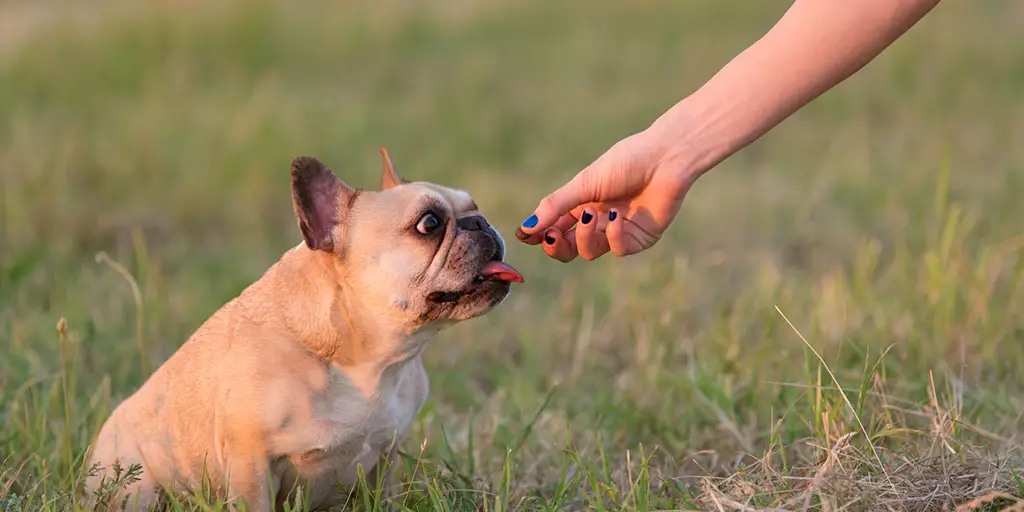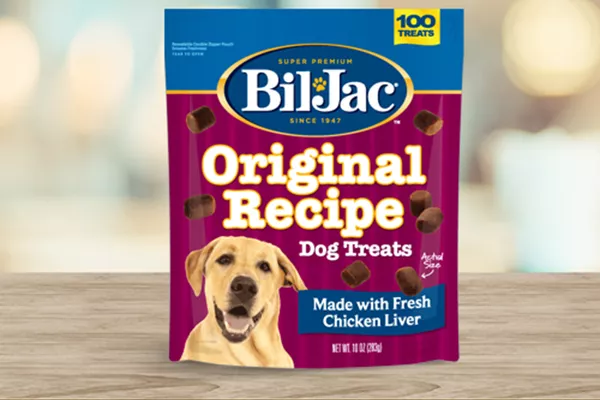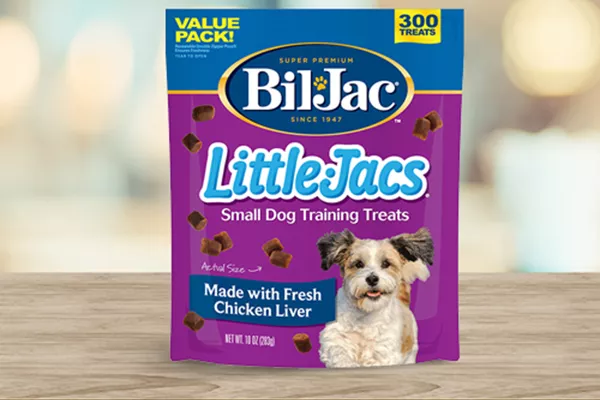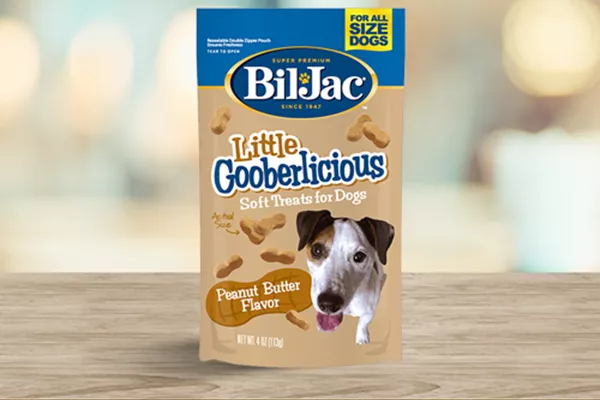A good dog treat is great motivation for your four-legged friend, especially when it’s time to learn a new behavior. However, with great flavor comes great responsibility. When used properly, dog treats are a tasty reward and training tool. If you’re not careful, they can distract your dog or cause you to reinforce bad habits.
“Food is motivation for that dog,” says Professional Animal Trainer and TV Show Host Joel Silverman. “It can work with us and it can work against us.”
While Silverman has extensive experience using dog treats, you don’t need to be a professional animal trainer to use them properly. Here are several tips on how you can effectively use treats to train your dog.
Pre-Training Dog Treat Preparation
Good treat etiquette starts before your first training session. There are a few preparations you’ll want to make before you and your dog get to work.
Identify the perfect dog treat
There are a several types of dog treats out there, but not all of them are right for your training partner. Every dog is different, so you should have your buddy test out different treats to see if there’s one or two he loves more than the others. These treats are meant to motivate your dog, so it’s important to find one that really interests him for training.
The size of the treat is also important. You don’t want to give your dog too many treats or else he’ll get burned out before long. For example, Bil-Jac Little-Jacs® Small Dog Training Treats are a great size for training time. If your dog gravitates toward a larger Bil-Jac Treat of treat, Silverman suggests that you can break the bigger treat in half as well.
Get a treat bag
Before you start to train your dog, you should consider how you want to store the treats. It may seem easiest to carry the dog treats around in their original package, but doing so can pose a problem during training.
“If the bag is down somewhere and the dog sees that bag, the dog isn’t going to be watching you during the training session,” Silverman explains. “He’ll be watching the bag.”
Instead of using the treats’ original packaging, Silverman suggests putting the treats in a separate bag that you can place on your belt buckle or keep at your side. This way, the treats are always with you and tucked away, so your dog is conditioned to know that you could reach into the bag, but he’ll stay focused on you rather than somewhere else.
Treat Training Dos and Don’ts
When it comes to the actual training sessions, there are a lot of ways that dog treats can help make or break your buddy’s education. Here are some ways you can get the most out of each experience.
Focus on short sessions and small treats
Training sessions don’t have to be long, arduous events. In fact, Silverman suggests that you keep individual training sessions short and sweet. Over the course of a two-minute session, you might give three or four treats while teaching your dog a certain behavior. However, longer sessions can burn out your dog with too many treats.
“If you just give the dog a handful of treats for doing something correctly, your dog is going to fill up quickly and pretty soon the treats won’t be special to your dog,” Silverman says. “If you give one treat at a time or a couple every once in a while – especially with smaller treats like Little-Jacs – those treats will continue to be special to your dog.”
By limiting session length, you can help ensure that your dog will end up wanting more. That will help motivate him for the next time you try and practice sitting, staying, or some other behavior.
Hold dog treats so your dog can see them
The way you hold a dog treat makes a difference. You can use treats to guide dogs into the right positions for training, but many people will hold a treat between their two fingers and a thumb with their palm facing down. By doing this, they unknowingly shield the treat from their dog, preventing their four-legged from experiencing the full benefit of seeing the treat.
Instead, you should hold the treat between your thumb and forefinger and make sure your palm is exposed while curling your other fingers in like a fist. This position makes sure the treat is always out so that your dog can see and follow it during training. This practice is especially useful for when you need to guide your dog to a specific spot, like an elevated place.
Hand feed dog treats
When you give a treat, get in the habit of letting your dog take the treat from your hand. Don’t drop the treat on the ground. What will happen is that your dog will start to focus on the ground because that’s where the treat tends to go.
Instead, bring the treat down to your dog in a way that keeps him from moving. If your dog is sitting, bring the treat straight down from your nose to his and let him take the treat from your hand. If he’s laying down, start the treat off low so the dog is less inclined to stand back up to take it from your hand. This way he completes his behavior, gets rewarded, and maintains his connection with you.
Of course, there are some dogs who may nip your hand if you keep the treat between your thumb and forefinger. In this situation, put the treat in your open palm when you give your dog the treat. This will lead your dog to lick your palm to get the treat instead of biting to take it from your fingers. Down the road, you can train the dog to take the treat easy without nipping, but palm feeding is a good first step.
Turn your hand into the cue
Unless you’re using a treat to guide your dog to a specific place or are just starting to teach a new behavior, you’ll want to avoid holding a treat in your hand all the time. Once your dog is in place and has a basic understanding of what you want him to do, you’ll want to phase out the treat and allow your dog to learn without any motivation in sight.
“If you always have a treat in your hand, you dog will always wonder “where’s the treat?” Silverman explains. “Once you phase out the treat and hold your hand in the same position, your hand will become the cue without having the dog get accustomed to there always be a treat.”
Don’t grab treats too early
Once you’ve established your hand as the cue for your dog to start a behavior, it’s important to make sure that you don’t grab a treat too early so that your dog doesn’t lose focus. If you have a treat bag, get in the habit of not keeping your hand in the treat bag so your dog watches you instead of your hand. Also, wait until you reach your dog before you start to take out a treat so that you entice your friend to move too early.
“A lot of times, grabbing a treat early will make a dog break the behavior because it’s a new behavior and they don’t have a lot of control and the treat is something really important to the dog,” Silverman says. “If you’ve got your hand up for the dog to stay, you walk to them, get to your dog, give them a treat from nose to nose, that dog has every reason to stay there.”
—
A few good treats can go a long way toward enriching your dog’s life. Want to learn more about how you can help your dog? Sign Up for the Best Friends Club to receive special training tips, informative articles, and members-only discounts on Bil-Jac products so that you can continue to treat your dog in a variety of ways.




